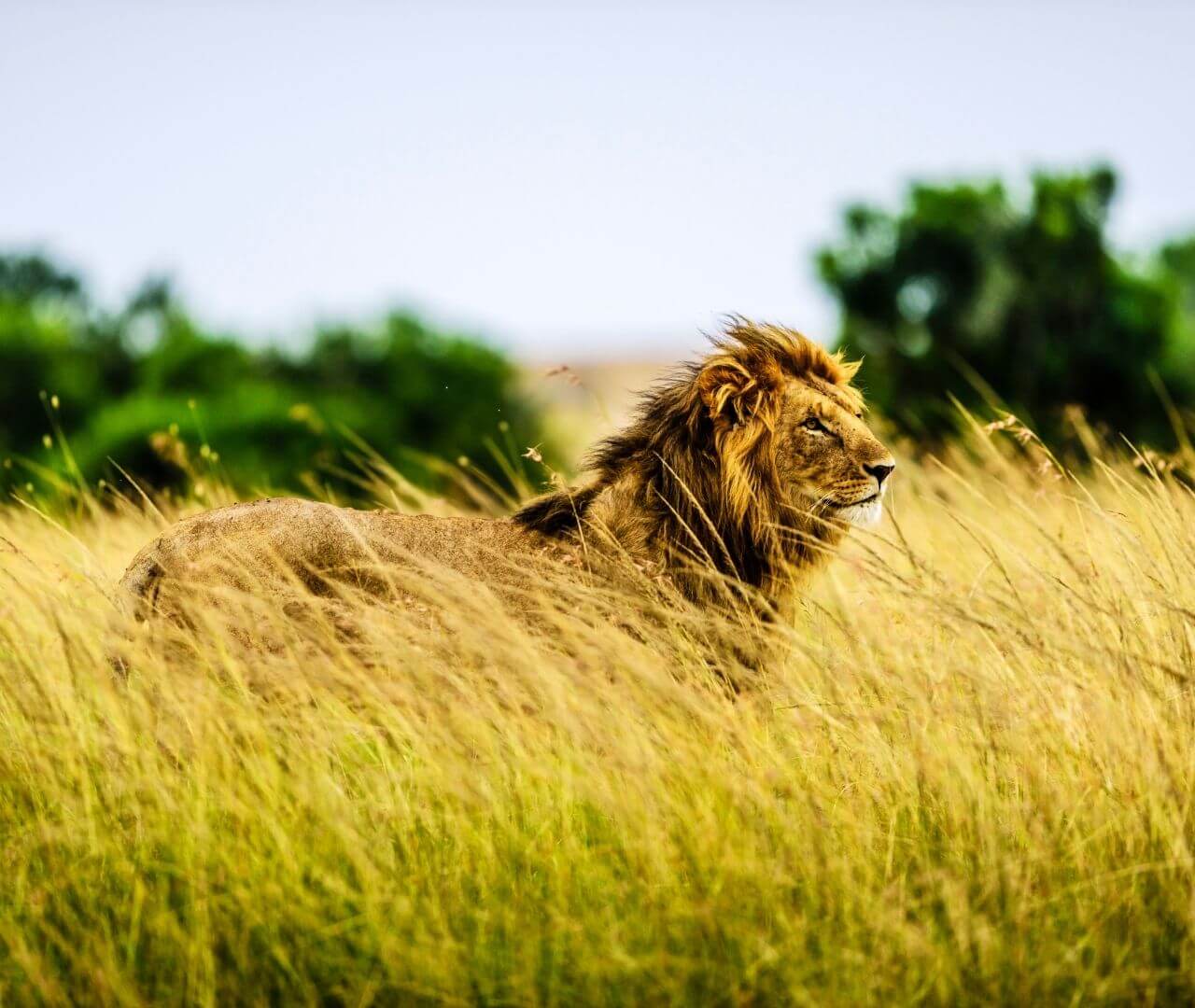In coastal marine ecosystems where kelp forests flourish, sea otters are the star of the story. Kelp forests are an incredible underwater habitat utilized by a diverse group of animals. Kelp is huge and quick growing, sometimes growing more than 15 inches in a single day. Giant kelp beds provide shelter and protection from predators and storms for species such as sharks, seals, shorebirds, and, most importantly, sea otters. On the seafloor where the kelp is anchored to the earth, you will likely find many invertebrates species, such as sea urchins, who feed on the kelp and algae. Sea urchins can easily chew right through the base of the kelp and detach it from the seafloor, which can destroy entire kelp forest ecosystems. Luckily, sea urchins have one major predator to keep their numbers in check. Sea otters dive down and collect the urchins to fill their insatiable diet. With sea otters removed from the ecosystem, the destruction of kelp forests will inevitably follow, as would the loss of biodiversity.
Keystone Species | Holding an Ecosystem Together | edZOOcating
Sea Otters
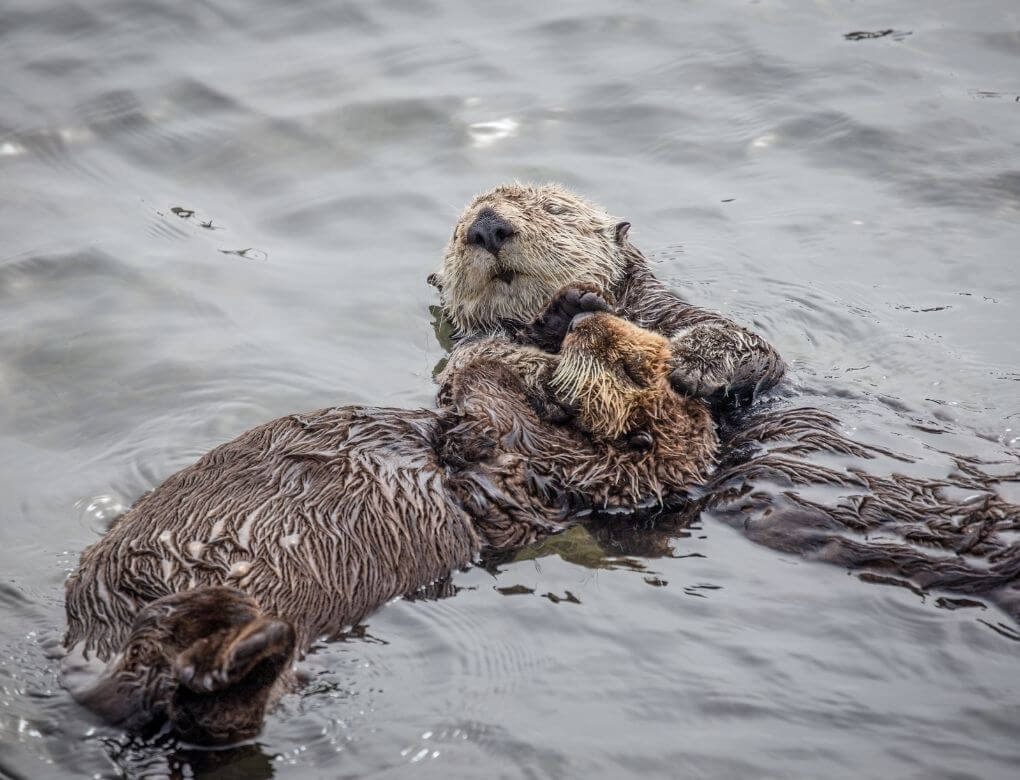
Bees
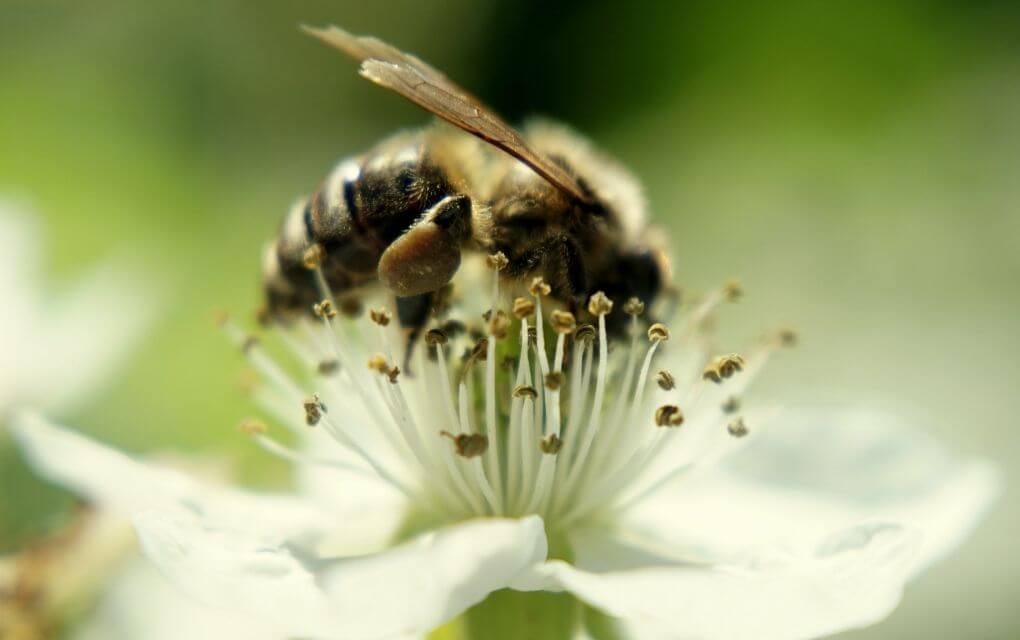
While keystone species exist in far away ecosystems and underwater worlds, they also exist right in your backyard. While they don’t always get the best reputation, bees are a critical part of so many ecosystems! For plants to produce fertilized seeds, their flowers need to be pollinated. Some plants can pollinate themselves, meaning two flowers from the same plant can pollinate each other. Sometimes, one flower can even pollinate itself! However, most plants require cross-pollinating, which often requires the help of wind, birds, and bugs, like bees. Not only do humans rely on bees to pollinate many of our crops, but many animals also rely on their pollination! As new plants grow, they are a food source for animals who eat the leaves, drink the pollen, or munch on the flowers. These reproducing plants help maintain ecosystems, and we can often thank bees for that!
Gray Wolves
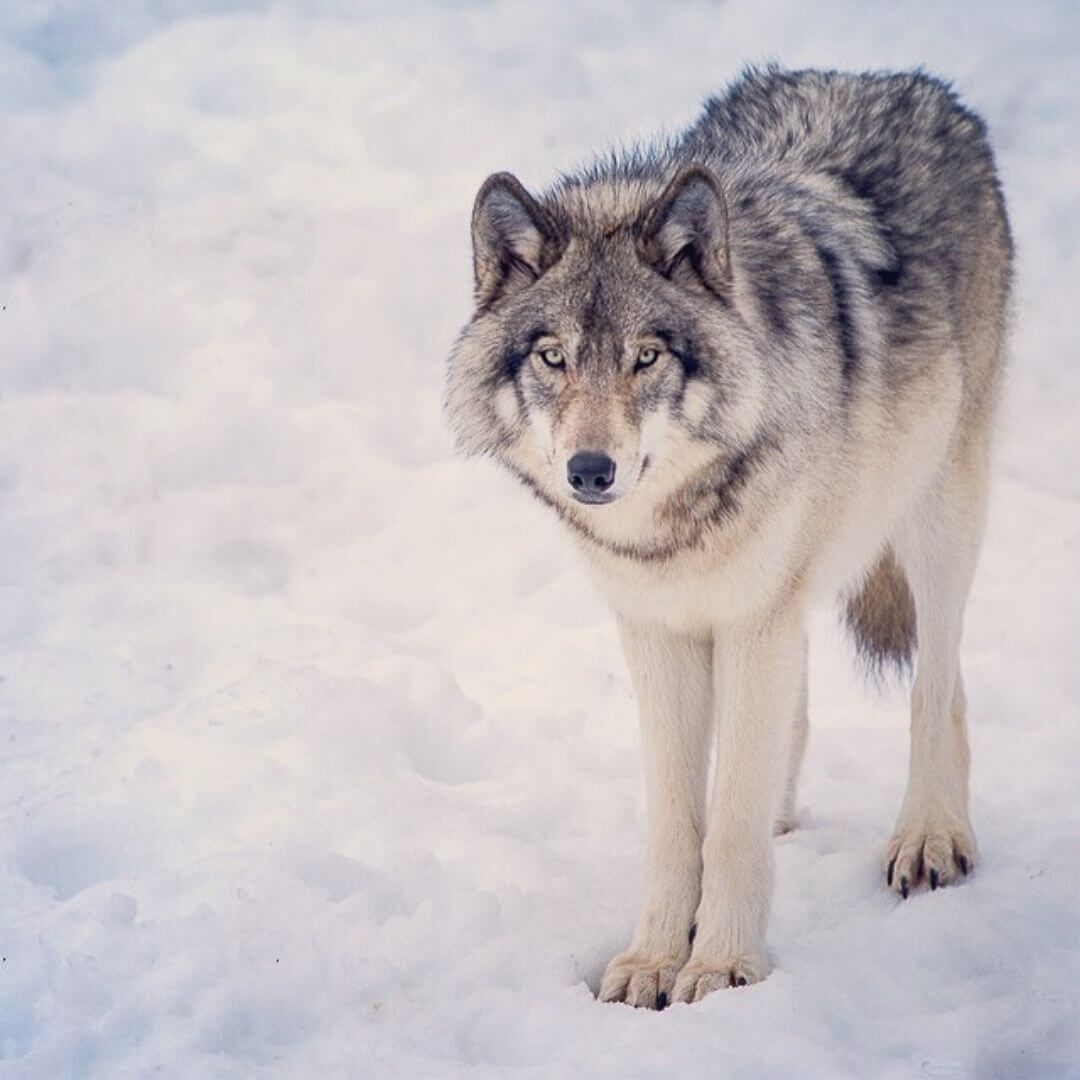
So, if keystone species are crucial for an ecosystem to stay the way it is, what happens if you remove them? Often, the entire ecosystem will change or collapse. Possibly the most well known example of this was in Yellowstone National Park when the gray wolves were removed from the ecosystem in the 1920s. As the human population expanded into their native range, the wolves’ habitat was altered to farmland and they started preying upon livestock. Humans retaliated by removing predators in the area using poison and hunting. Without their natural predators, deer and elk populations expanded greatly, resulting in overgrazing of the lands. The overgrazing led to an absence of trees and diverse vegetation that had historically supported birds, rodents, reptiles, and other species which each indirectly relied on the wolves. Yellowstone continued to deteriorate until the wolf reintroduction program began in the mid-1990s and wolves were returned to the ecosystem. Since then, the elk population has become controlled and biodiversity has returned to Yellowstone. Though it was not a quick process, returning this keystone species to its native lands has helped to restore the ecosystem.
Coral
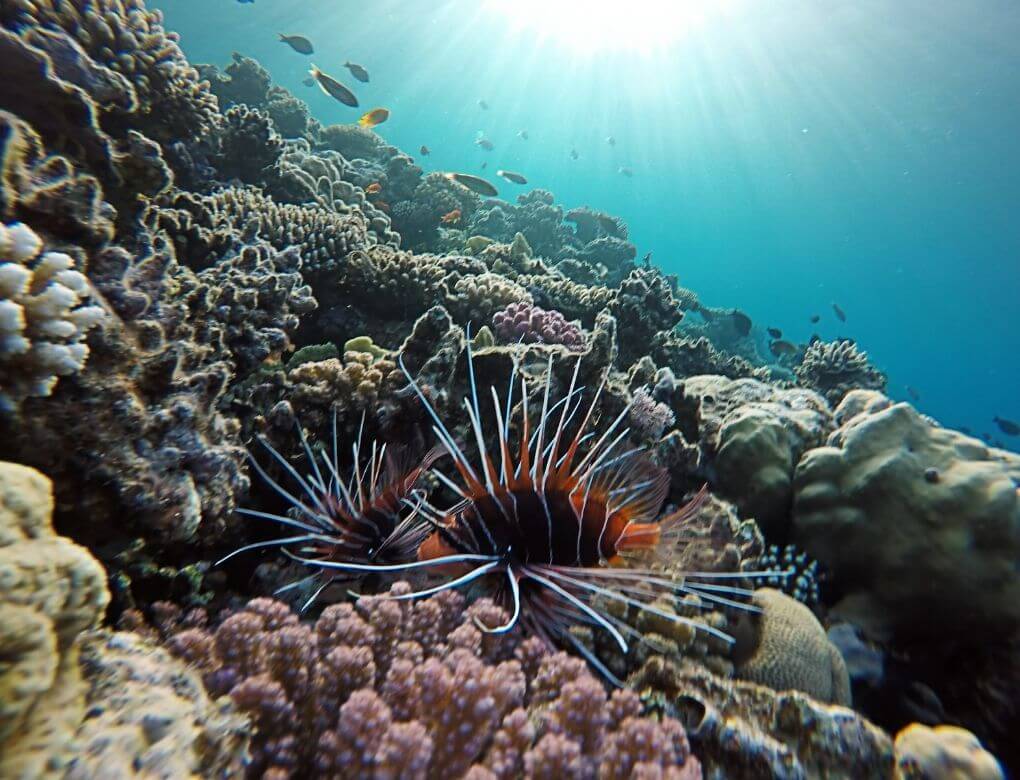
Removing a keystone species from the top of the food chain can cause a trickle effect throughout the food web where populations of those below them will increase or decrease depending on their role. We call this a top-down trophic cascade and saw it with the removal of gray wolves. This trickle effect can also happen if we add or remove a species from the bottom of the food chain (like primary producers or primary consumers), we call this a bottom-up trophic cascade. Think about a coral reef. Corals are filled with tiny algae that provide them with food, allow them to grow, and give them their beautiful colors. But these algae are very susceptible to warming ocean temperatures, and if the algae cannot survive, neither does the coral reef. Coral reefs are a vital oceanic ecosystem providing food to many species and a safe home to others. Without reefs, small fish and invertebrates would become more vulnerable to predators, whose populations will rapidly grow until there is no food left. Then, we would likely see the oceanic ecosystem collapse.
Each species plays a role in its ecosystem and occupies a niche that only they can occupy. When we start removing or adding species, especially keystone species, we run the risk of permanently altering that ecosystem. As the human population continues to expand, requiring us to consume more energy, grow more food, and use more land, we run the risk of causing trophic cascades. We can protect the global ecosystem by being mindful of our choices every day. Consider the environment when you go through your daily motions. Can you use a toothpaste that uses less plastic? Can you buy your cereal from a bulk bin instead of a plastic bag inside of a box? Can you turn your AC off and put the windows down? Consider the environment when you vote. Consider the environment when you shop. The more you consider your daily choices, the bigger impact you will have.
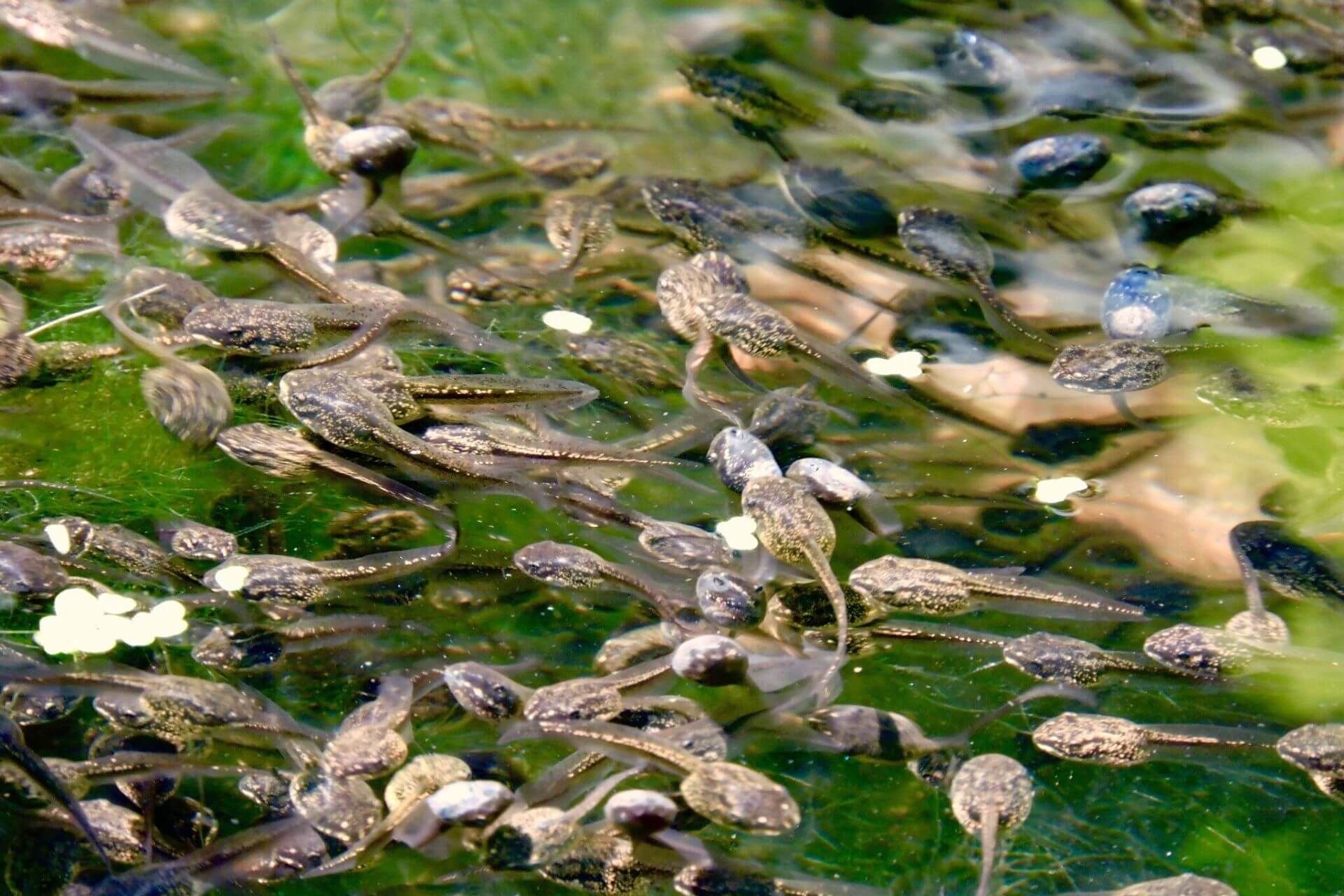
Sign Up for our Newsletter
Stay up to date with new adventures, classes, deals, and more!
MENU
EDUCATIONAL RESOURCES
All Rights Reserved | Edzoocating.com

